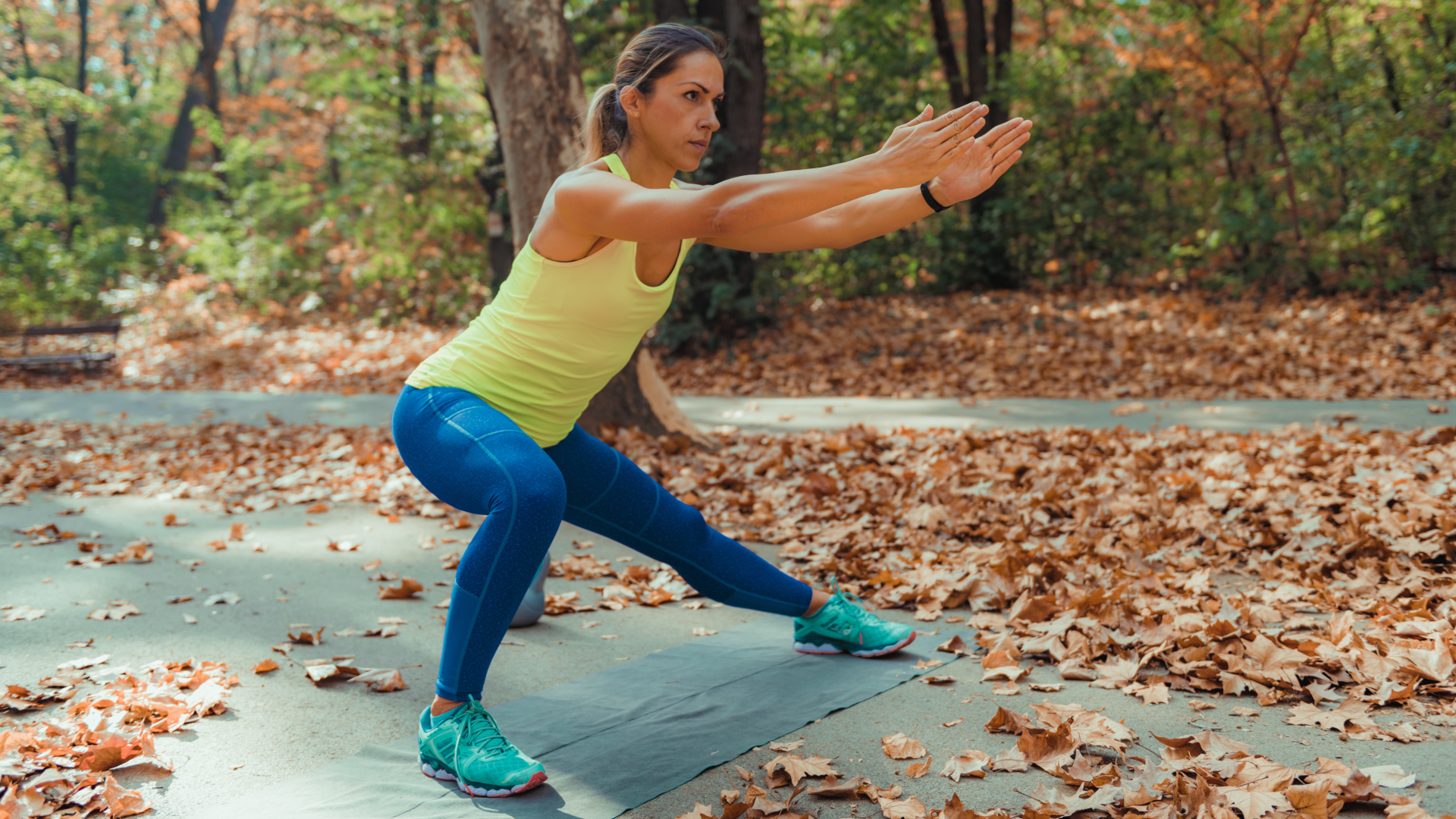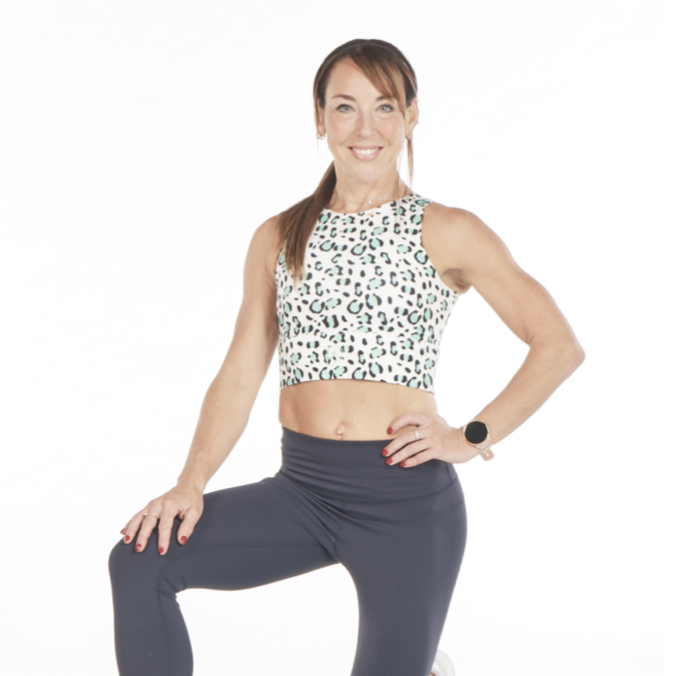Future proof your runs with these five single leg exercises
Bulletproof your legs and prevent injury with just a pair of dumbbells


Injury prevention may not sound glamorous, but building strength for outdoor adventures often starts by putting in the (single) leg work indoors. In fact, single-leg strength training, also known as unilateral training, not only promotes a healthier stride and more efficient running form but also helps train both sides of the body evenly, reducing the risk of overuse injuries or muscular imbalances.
"Single-leg exercises are a fantastic way to improve balance and stability," says Personal Trainer and Running Coach Madeleine Nilssons, who you can find on Instagram as @madeleinenilssons. "Think about it: running is essentially a series of small, single-leg hops. So incorporating single-leg movements into your routine will enhance both balance and stability, which are critical for efficient running mechanics."
Add these five strength exercises to your routine a few times a week to supercharge your stride, strengthen your joints, and protect your legs from injury. Time to lace up your best running shoes and get ready to become stronger, faster, and more explosive. Let’s get to work!
1. Side Lunge
How many?
10 reps per side for 3 sets.
Why?
The dumbbell side lunge strengthens the muscles around your hips, knees, and ankles, helping prevent common running injuries like IT band syndrome, patellar tendinitis, and shin splints.
Get all the latest news, reviews, deals and buying guides on gorgeous tech, home and active products from the T3 experts
How to do it
Grab a pair of dumbbells with a neutral grip, palms facing each other, and stand with your feet hip-width apart. Step out to the right with your right leg, sinking into a squat while keeping your left leg straight. Press through your right foot to return to standing, then reset and repeat.
2. Step Up to Reverse Lunge
How many?
10 reps per side for 3 sets.
Why?
Many runners experience muscle imbalances between their left and right sides. This exercise can help identify and correct those, reducing injury risk and improving overall performance.
How to do it
Stand tall with your feet shoulder-width apart in front of a box or step. Take a big step back with your right foot, bending both knees until they form 90-degree angles. Push off your back foot, return to standing, then step up onto the box with your right foot. Lower yourself back down with control, returning to the starting position.
A post shared by Madeleine | Running & Strength Training💙 (@madeleinenilssons)
A photo posted by on
3. Dragons
How many?
10 reps per side for 3 sets.
Why?
Unilateral exercises like the Dragon engage your core muscles to stabilize your body—essential for maintaining good form and speed while running.
How to do it
Stand on one leg with a slight bend in your knee, holding a dumbbell in front of you. Lift your opposite heel toward the ceiling, hinging at the hips as you lower the dumbbell toward the floor. Once you reach your limit without losing balance, return to standing and lift the weight overhead.
4. Overhead Marches
How many?
20 reps (10 per leg) for 3 sets.
Why?
Running demands that each leg works independently. Overhead Marches help improve strength, coordination, balance, and stability in each leg.
How to do it
Hold a dumbbell overhead with your arm straight and directly above your shoulder. Engage your core and begin marching, lifting one knee to waist height, then alternating with the other. Perform 20 reps in total, 10 on each leg.
5. Curtsey Lunges
How many?
20 reps (10 per side) for 3 sets.
Why?
This compound move targets your glutes, hamstrings, quads, inner thighs, and gluteus medius—the latter often underused, especially if you sit for long periods.
How to do it
Stand with your feet hip-width apart. Step your right leg back and cross it behind your left. Bend your knees and lower your hips until your left thigh is nearly parallel to the floor. Keep your chest high and your hips square. Return to the starting position and repeat on the other side.

Lucy Miller is a journalist, Level 3 Personal Trainer, Nutritional Advisor and Children’s Fitness Specialist. She holds fitness qualifications from NASM Training and Premier Training International and has been a fitness journalist and fitness (and cover) model for over 20 years. Since going freelance in 2014, Lucy left Men’s Fitness Magazine to write for an abundance of top consumer titles such as Women’s Health, Women’s Fitness, Waitrose, The Times, The Guardian and Runners World.
She’s also extremely passionate when it comes to educating others about health and physical activity and loves inspiring and working with children and adults to help make fitness fun, sustainable and accessible. In her spare time, Lucy is ever the sportswoman. Once a national gymnast, having won three national titles, she has also run a handful of marathons around the world and loves to test her physical and mental side with daily running and gym sessions, not to mention ballet, bootcamp, boxing and TRX.


